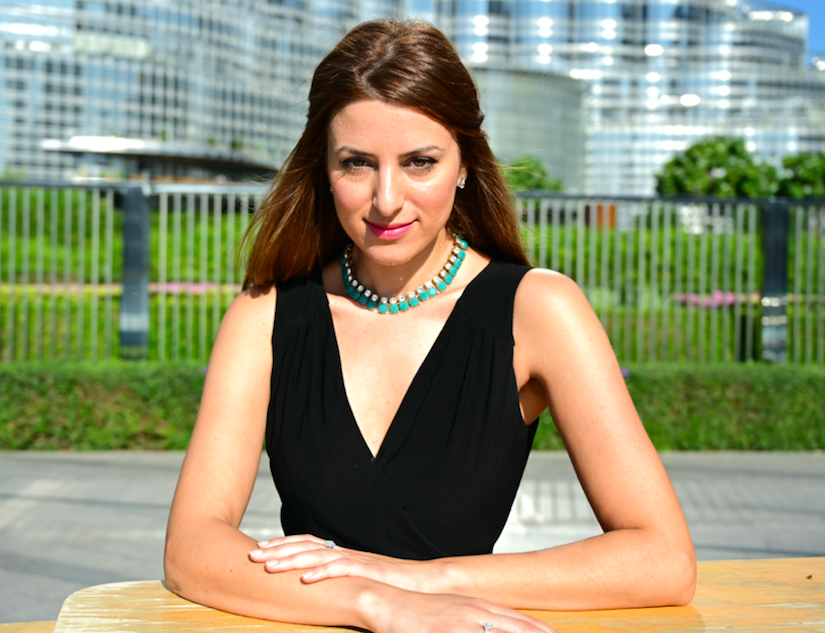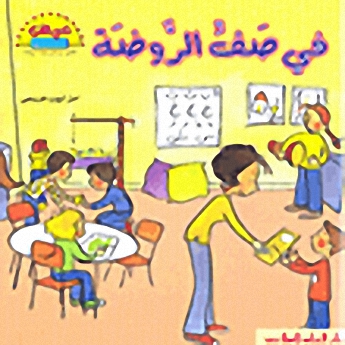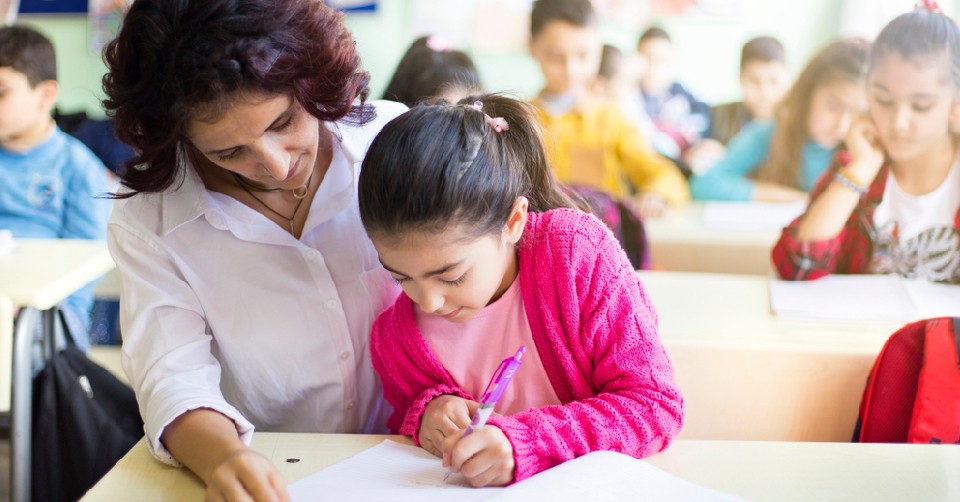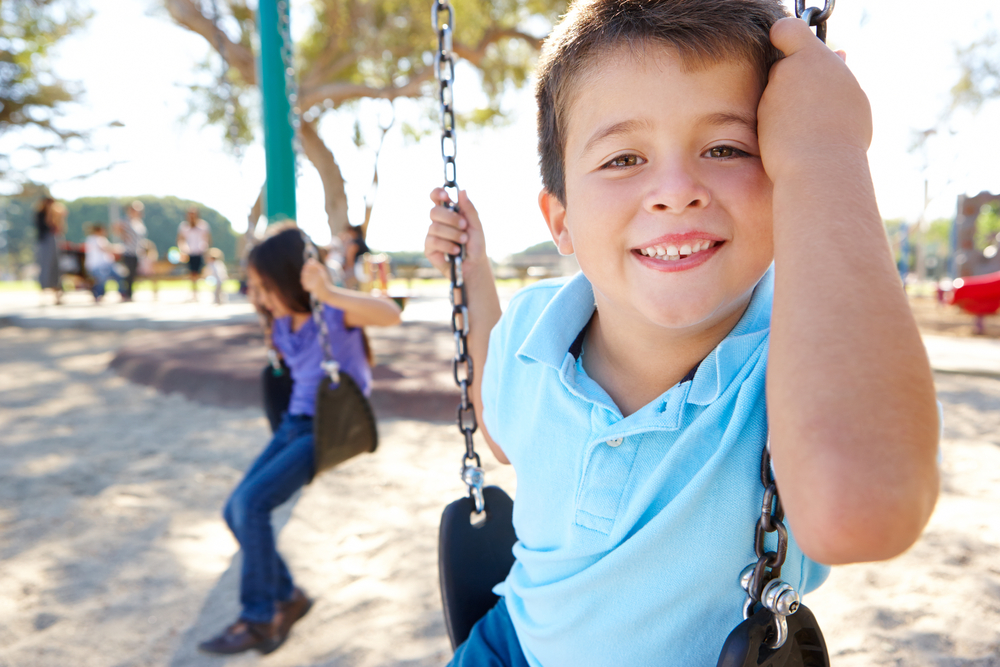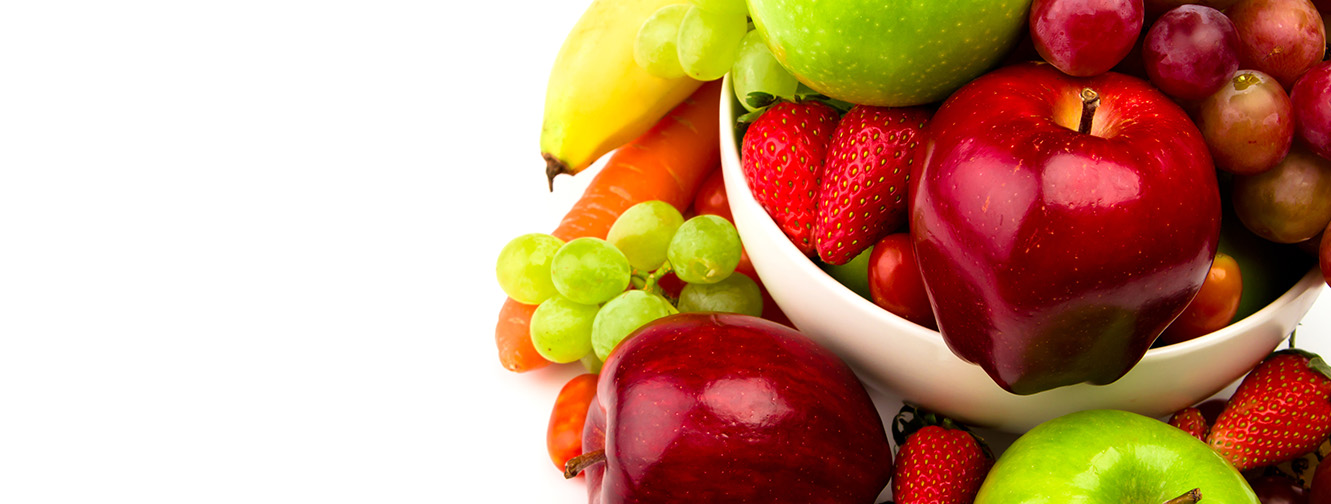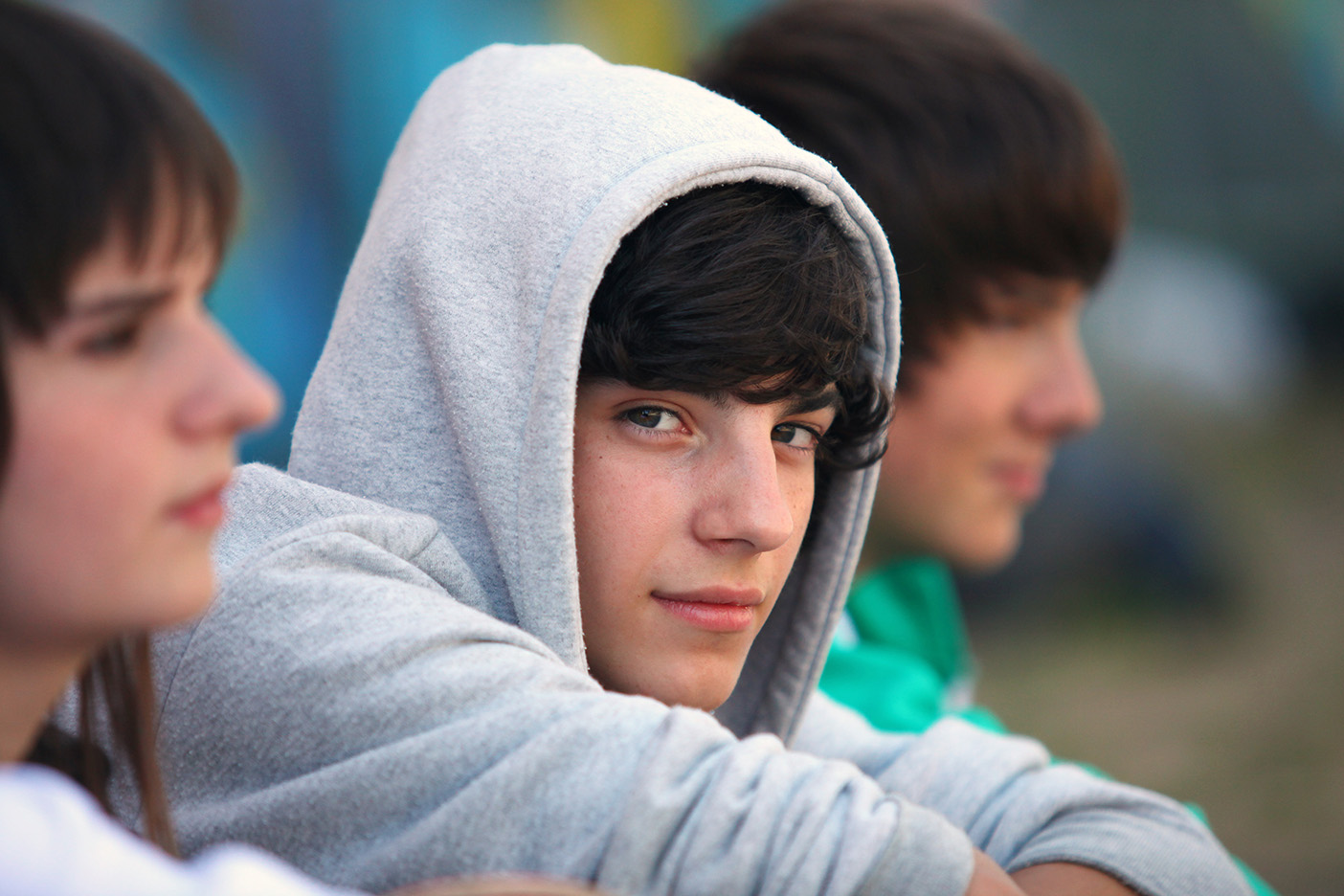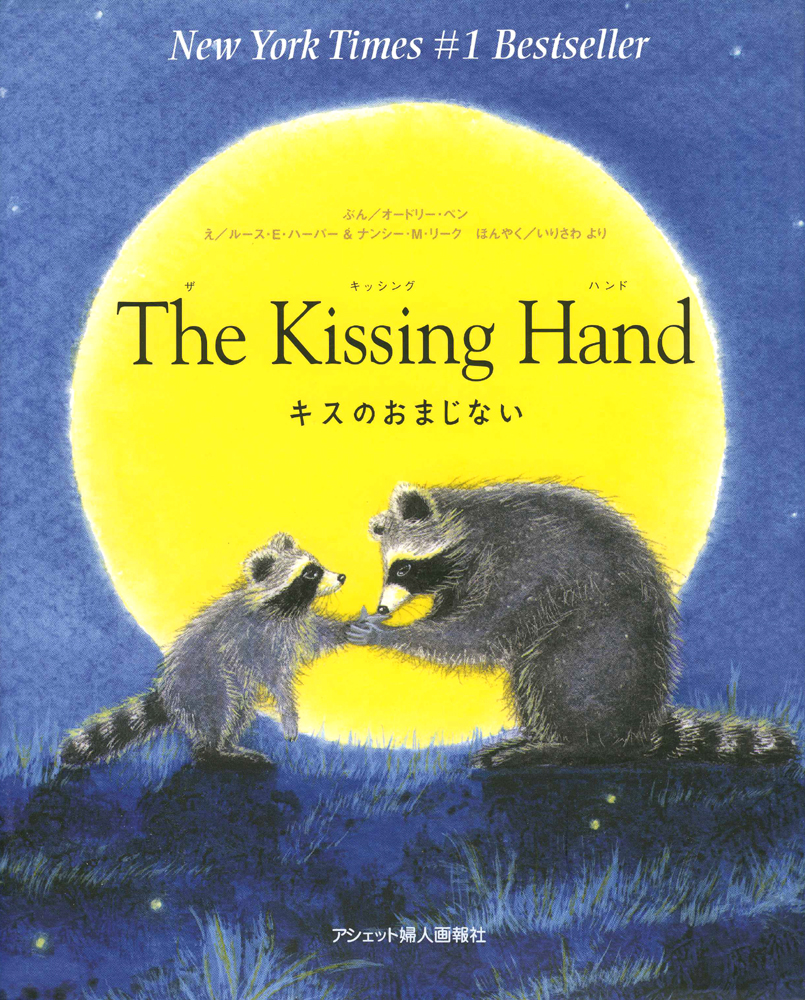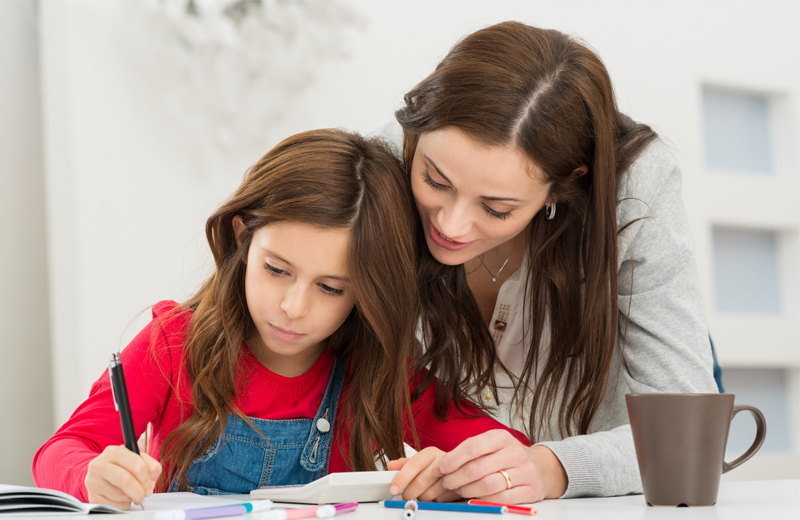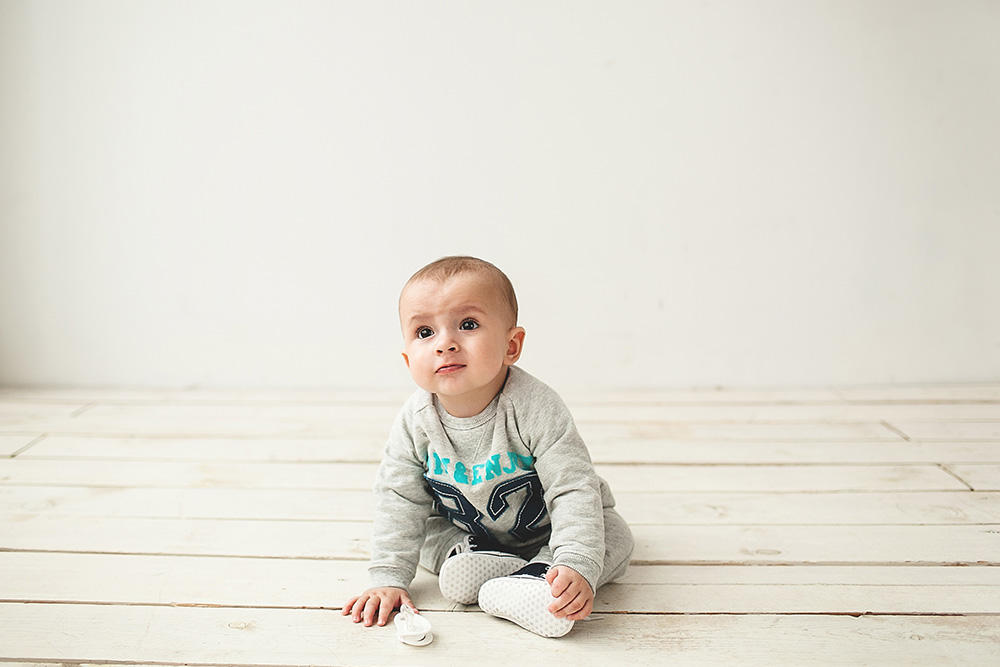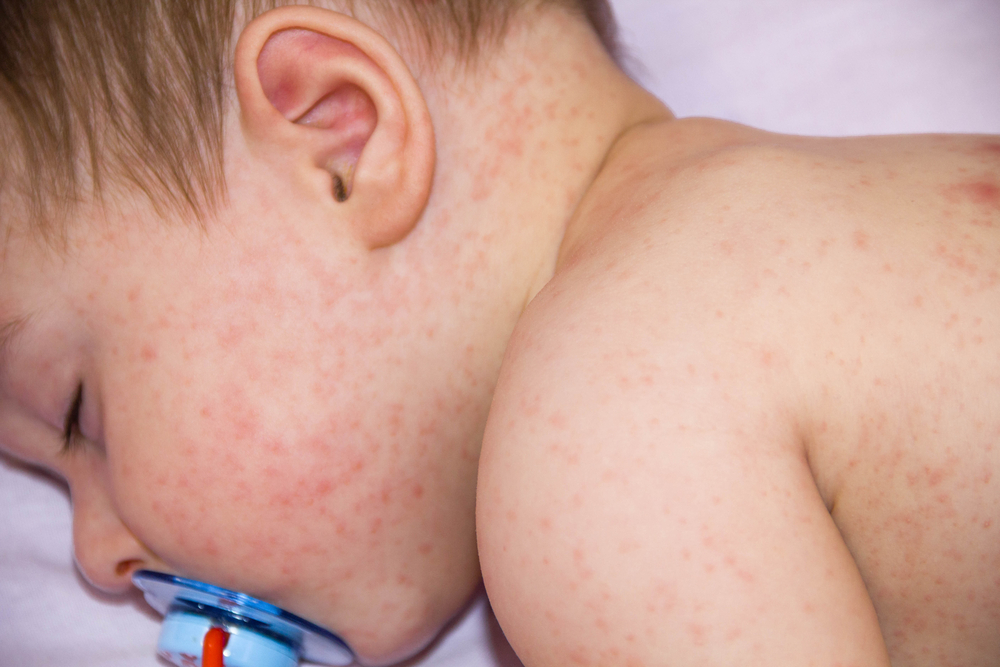Children's Health
Childhood Cancer: Signs & Symptoms to look out for
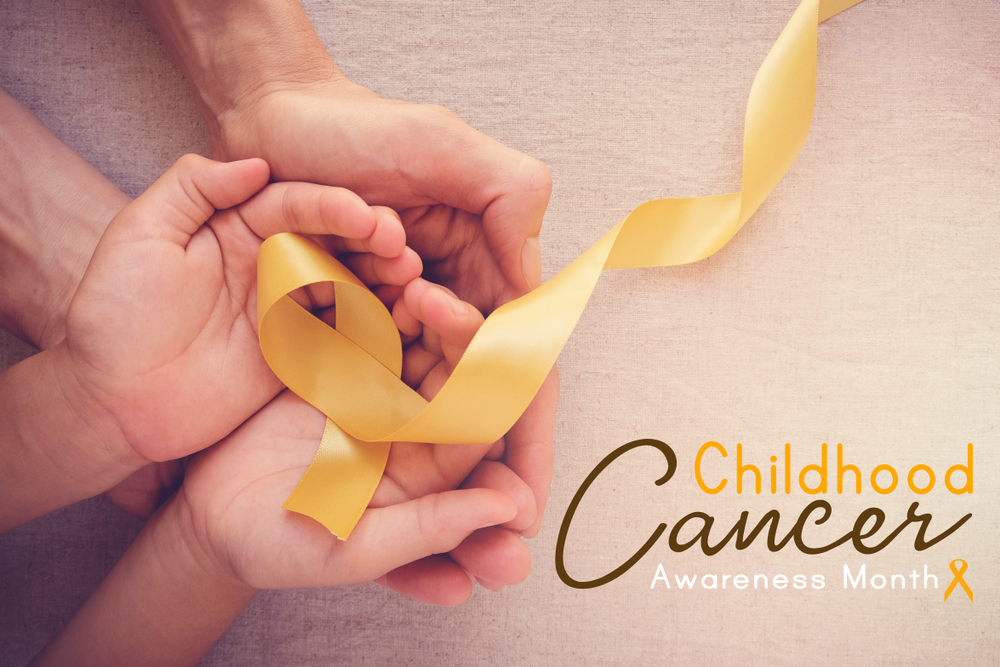
September was officially designated Childhood Cancer Awareness Month in 2012 by then US President Barack Obama. Since then, many countries have also taken part in highlighting pediatric cancer by running awareness campaigns and fundraising events to support the research of this mean disease, which continues to kill thousands of children each year.
While Breast Cancer Awareness Month has become widely popular the world over, the same is yet to be said for Childhood Cancer Awareness Month. That’s why it is essential to help spread the word so that parents can look out for the signs and symptoms that could potentially be something more than a simple tummy bug or a headache.
Did you know?
-
Childhood cancer remains the leading cause of death by disease for children under the age of 14.
-
Approximately 300,000 children aged 0-19 years are diagnosed with cancer each year (WHO, 2018).
-
There are 200 different types of cancer, each with its own name and treatment.
-
The most common cancer types in children are:
-
Leukemias (30%)
-
Lymphomas (11%)
-
Brain and spinal tumours (26%)
Signs & Symptoms
Unlike cancer in adults, the vast majority of childhood cancers do not have a known cause. Cancer Research UK notes that cancer symptoms can be very similar to those of other childhood illnesses.
What next?
While cancer is very rare in children, if you’re worried that your child is experiencing some of these symptoms, make an appointment to see their paediatrician. Don’t forget to write down the symptoms they’re experiencing, their frequency and whether or not they’re getting better or worse.
Sudden symptoms:
In other cases, some children are diagnosed with cancer while testing for other conditions or after being rushed to A&E for an unrelated issue; this is because their symptoms would have come on suddenly.
How can you help?
You can start off by wearing a gold ribbon, which is the international colour of childhood cancer awareness. Gold symbolizes a precious metal of the highest worth, and there is nothing more precious than our children.
You can also help spread the word by sharing this article with your family and friends, or by sharing this video on social media.
You can go a step further by raising funds for childhood cancer research. Some of the ways you could do that are by organising a ‘Go Gold’ Day, where you could sell gold ribbons, hold a cake sale, wear gold and collect donations, hold a gold-themed talent show, or in any other wonderful way you may come up with.

